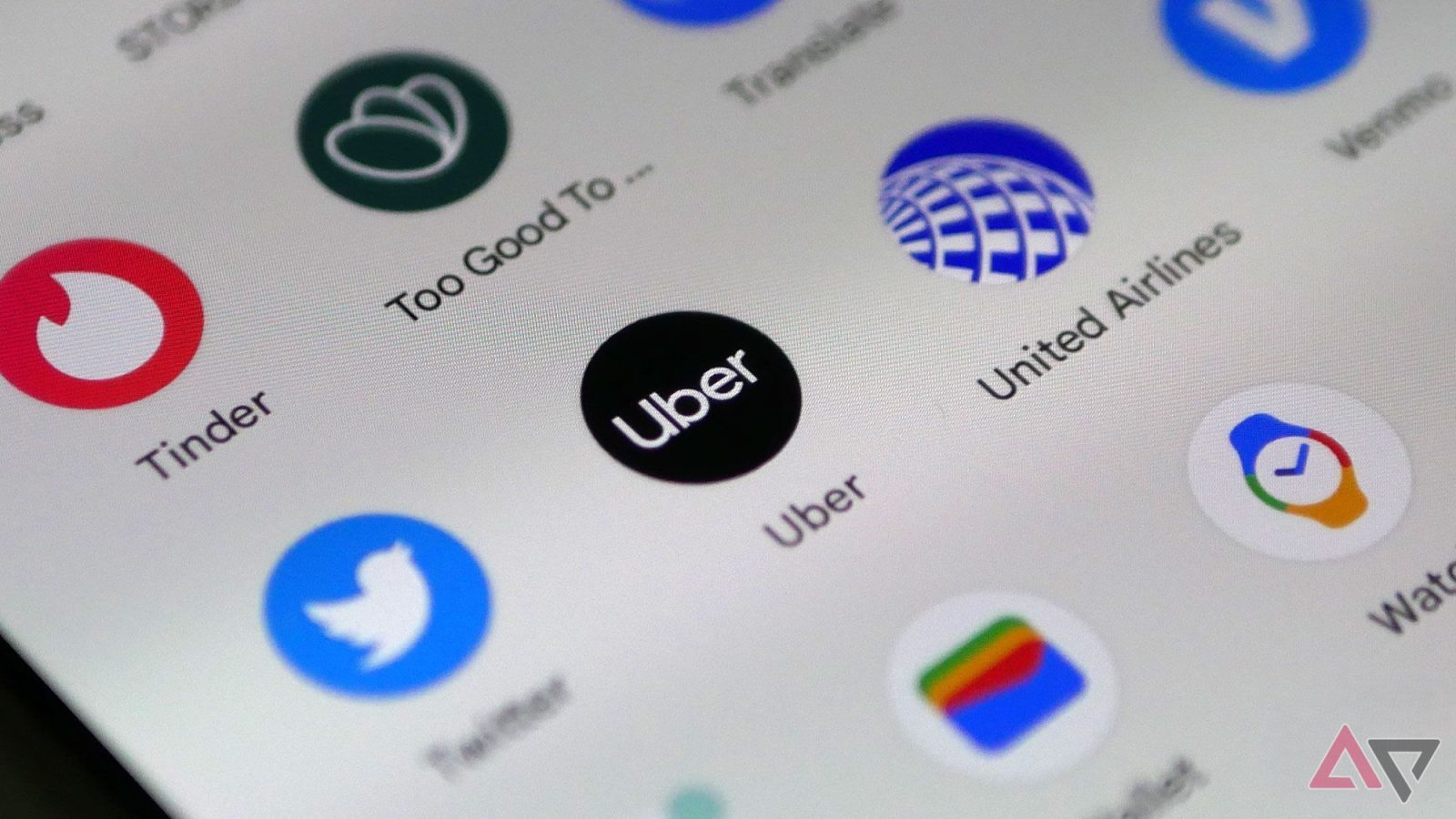Uber Misses First-Quarter Expectations Immediately After Recording Its First Annual Profit

Summary
- Uber finally turned a profit in 2023, leading to its first profitable year in 2024.
- Uber’s 2025 first-quarter earnings weren’t quite what analysts expected, causing a brief stock drop.
- The delivery segment’s growth is increasing, with Uber making moves to expand globally.
Uber lost a whopping $10 billion from just 2016 until its 2019 IPO. The next four years weren’t particularly kind, either, as the outfit that redefined ridesharing continuously failed to turn a profit. That changed with Uber’s 2023 profitable second quarter, which ultimately led to 2024 delivering the company’s first entire year in the black.
After today’s announcement of Uber’s 2025 first-quarter results, those profitable numbers look like they’re here to stay. Nonetheless, the earnings did fail to meet analysts’ expectations — due partly to “a decline in US inbound travel”, according to CFO Prashanth Mahendra-Rajah. The miss caused the stock price to drop nearly 5% in early trading, although it has since recovered to nearly the point of yesterday’s close. While the slowed growth has some investors worried, others foresee a bright future for the global ride-hailing app (Source: Bloomberg).

Related
Uber makes money at last
Just not quite quickly enough, apparently

Growth isn’t always good enough for Wall Street, which demands the line go up and the growth, itself, continues to grow. So it’s less than ideal — although not exactly an emergency — that gross rideshare bookings and revenue from January to March decreased compared to the fourth quarter of last year. After all, in year-on-year comparisons, things still look rosy for the rising transportation star. And it’s the long term that counts.
Considering Uber began as a venture capital-backed startup that flew under the radar until it was seemingly too big to regulate, investors wonder how the now full-fledged profit-maker will approach that long-term future. And Uber has answers. It partnered again with Waymo to bring autonomous taxis to Atlanta last month, this time integrating the functionality within the Uber app (instead of the Waymo One app). Two days ago, it announced a plan to set robotaxis loose in 15 more cities worldwide.

Being lazy and ordering from Uber Eats is fine, but expensive.
Then there’s the delivery side of operations, which posted almost identical numbers in 1Q 2025 as it did in 4Q 2024, despite rideshare bookings and revenue dropping slightly. The delivery segment’s 18% year-on-year change doesn’t quite match the mobility segment’s 20% growth (both adjusted for currency), but it’s an increasing slice of Uber’s pie. Over half of Uber Eats gross bookings come from subscribers to Uber One, which offers benefits to frequent users. And the company is making moves to expand its delivery offerings worldwide, with a recent acquisition of Turkish delivery service Trendyol Go serving as evidence of the increased focus on app-based courier services.
Uber warned investors of potential pitfalls throughout the last year, with wildfires, extreme weather, and rising insurance costs the most obvious. In the end, the rising delivery service couldn’t quite make up for the mobility segment’s shrinking, in what could be a sign of consumers’ reduced confidence in the near-term economy.
At $42.8 billion in gross bookings (that is, every cent passing through the platform other than tips) and $11.5 billion in revenue, the early 2025 earnings fell short of expectations by a few hundred million dollars each, or less than one percent. So, Uber isn’t in trouble, but that’s enough to at least startle investors, and offer a potential warning about reduced consumer spending due to market uncertainty.

Related
What’s your reaction?
Love0
Sad0
Happy0
Sleepy0
Angry0
Dead0
Wink0











Leave a Reply
View Comments